The sable antelope (Hippotragus niger) is among Africa’s most striking plains game. Bulls have deep barrel‑shaped bodies, dark manes and long, backwards-curving horns, while cows and young are chestnut or mahogany with shorter horns. Adults measure about 120 cm at the shoulder and may weigh over 200 kg. The combination of dramatic colouration, thick neck mane and scimitar‑shaped horns makes the sable a prized trophy.

Sable hunts typically involve covering large tracts of Miombo woodland or savannah to locate a herd. Hunters use a vehicle to glass open glades for the distinct curved horns and then disembark to stalk quietly into position. Bowhunters may sit in blinds over salt licks or waterholes, but most rifle hunters prefer to spot and stalk during the cooler hours of morning and late afternoon. The dry season is generally favoured because sparse vegetation improves visibility and bulls are more active around water sources.
Approximately 75 000 sable live across 11 African countries. Habitat loss and competition with domestic livestock have caused local declines, and the giant sable (H. n. variani) of Angola is listed on CITES Appendix I and classified as Endangered. In some regions, community‑based conservation projects offer pastoralists premium prices for livestock if they protect wildlife and habitat. Although not specifically noted for the Roosevelt subspecies, regulated hunting in southern Africa funds habitat management and encourages landowners to maintain viable sable populations.
Sables live in herds led by a dominant bull and several females; bachelor bulls remain separate until they are strong enough to challenge for leadership. When threatened by predators, the herd will form a defensive circle with horns facing outward and may slash with their long horns, reportedly killing lions. Calves hide in dense cover for the first weeks of life while their mothers graze nearby. Owing to their aggressive nature and formidable horns, sable are sometimes called the “African knight.”
Sable can be found in the following location:
Sable has the following variations:
- Common Sable
- Roosevelt Sable
Start Your Adventure



